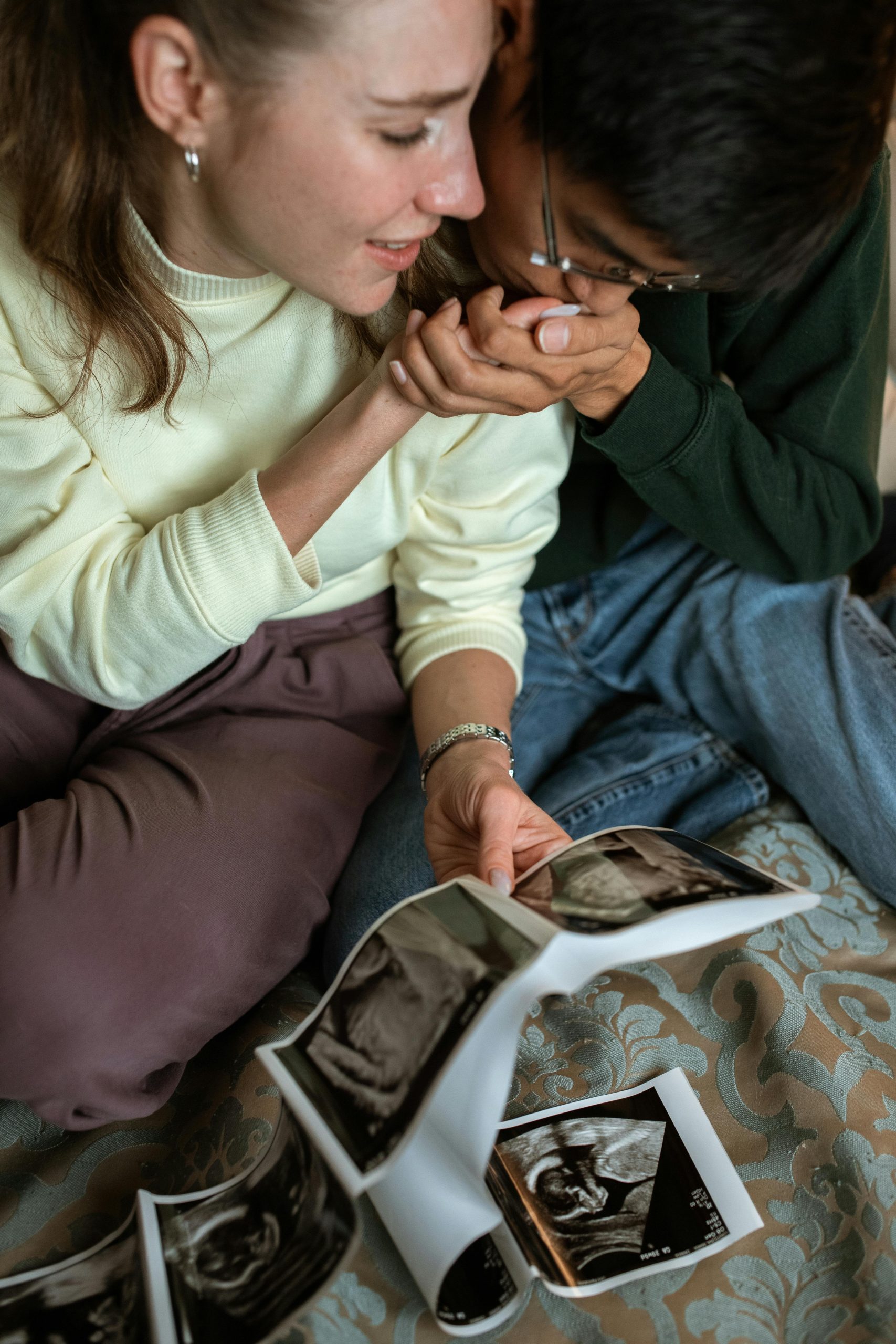Introduction to Fostering Adventure in Children

Adventure plays a pivotal role in child development, igniting creativity, honing problem-solving skills, and building resilience. These experiences shape young minds, encouraging them to think outside the box and tackle challenges head-on. As we delve into practical strategies, we set the stage for a journey that not only entertains but educates, laying a foundation for lifelong learning and exploration. This article aims to guide parents on how to nurture their child’s sense of adventure, enriching their development and preparing them for the vast world ahead.
Understanding Your Child’s Innate Curiosity

Recognising Signs of Curiosity and Adventurous Spirit in Children
- Children exhibit curiosity in various ways, from incessant questioning to a fearless approach towards new experiences.
- A keen eye might notice their bright, wide-eyed wonder as they explore their surroundings or their relentless pursuit of ‘why’ and ‘how’ questions.
These are the early signs of an adventurous spirit, a precious spark that, when nurtured, can illuminate their path to discovery and learning.
The Role of Curiosity in Learning and Exploration
Curiosity is the engine of intellectual achievement. It propels children towards the unknown, encouraging them to leap into the vast sea of knowledge. This innate desire to explore and understand the world is crucial for cognitive development, fostering a love for learning that lasts a lifetime. Through curiosity, children learn to embrace challenges, think critically, and solve problems creatively, skills indispensable in the ever-evolving world.
Encouraging Questions and Discovery in Everyday Life
- Every day presents a new opportunity for discovery. Encourage your child to ask questions, no matter how trivial they may seem.
- Engage in conversations that stimulate their imagination and reasoning.
- Transform mundane tasks into exciting adventures, be it a walk in the park or a trip to the grocery store.
By doing so, you’re not just answering their questions; you’re teaching them how to think and explore, laying the groundwork for a lifelong journey of discovery and adventure.
Creating a Safe and Stimulating Environment

Balancing Safety with the Freedom to Explore
Creating a nurturing environment means striking a delicate balance. It’s about ensuring safety while giving children the freedom to explore. This balance is crucial. Too much control stifles creativity, while too little oversight can lead to unnecessary risks. The key is to provide a space where children feel secure enough to venture into the unknown, to test their limits and learn from their experiences.
Designing Spaces at Home That Encourage Exploration
Consider your home as a canvas for adventure. Design spaces that are both safe and inviting, sparking curiosity at every turn. Use bright colours, varied textures, and interactive elements to stimulate their senses. An area with cushions and soft mats invites physical play, while a quiet corner with books and puzzles encourages cognitive challenges. It’s about creating an environment that caters to all aspects of their development, from physical to intellectual.
The Importance of Unstructured Playtime in Fostering Adventure
- Unstructured playtime is the cornerstone of adventure. It allows children to express themselves freely, explore their interests, and engage with the world on their own terms.
- This kind of play fosters independence, creativity, and problem-solving skills.
- Encourage outdoor play where possible, as it exposes children to nature and the elements, offering endless opportunities for discovery and learning.
Remember, the goal is to provide a framework within which they can explore, not to dictate how they play.
Leveraging Educational Opportunities for Adventure

Educational Outings That Spark Curiosity and Adventure
Transforming a simple day out into an educational adventure is a brilliant way to nurture curiosity. Museums, science centres, and nature reserves offer interactive experiences that engage young minds. These outings make learning tangible, connecting abstract concepts to the real world. It’s about turning a day at the museum into a quest for knowledge, where every exhibit is a clue to be unravelled.
Integrating Technology and Apps Designed to Encourage Exploration
In this digital age, technology is a powerful tool for adventure. Apps that turn local parks into digital treasure hunts or stargazing software that reveals the cosmos encourage children to explore both their physical and digital worlds. These technologies make the unknown accessible, transforming every outdoor excursion into a learning opportunity. It’s about using screens to open doors, not close them.
How to Choose Extracurricular Activities That Foster a Sense of Adventure
Selecting the right extracurricular activities is key to fostering an adventurous spirit. Look for programs that offer a blend of education and excitement—be it a robotics club that tackles real-world problems or an outdoor group that explores the wilderness. These activities should challenge and inspire, pushing boundaries while providing a safe space for growth. It’s about finding a balance between nurturing their interests and encouraging them to step out of their comfort zones.
Nurturing Resilience Through Adventurous Challenges

The Importance of Allowing Children to Take Risks and Face Challenges
Adventurous challenges play a crucial role in a child’s development. They teach resilience, the art of bouncing back from setbacks. By facing risks, children learn to assess situations, make decisions, and understand the consequences of their actions. This process is essential for building confidence and self-reliance, qualities that will serve them throughout life.
Strategies for Teaching Children to Cope with Failure and Frustration
- Failure is not the opposite of success; it’s part of the journey.
- Teaching children to cope with failure involves framing it as a learning opportunity.
- Celebrate efforts, not just outcomes.
- This mindset shift helps children develop grit and perseverance, invaluable traits in the face of adversity.
Encouraging Perseverance and Problem-Solving Through Adventurous Activities
Adventurous activities, whether it’s a challenging hike or solving a complex puzzle, foster perseverance and problem-solving skills. These activities push children out of their comfort zones, teaching them to persist despite difficulties. Encourage them to set goals, break tasks into manageable steps, and celebrate small victories along the way. This approach not only enhances their problem-solving skills but also instills a sense of accomplishment and self-worth.
Role Modeling and Supportive Parenting

The Impact of Parental Attitudes Towards Adventure on Children
Children mirror the attitudes and behaviours of their parents. A parent’s enthusiasm for adventure significantly influences their child’s willingness to explore the unknown. When parents approach life with a sense of adventure, they instil in their children the courage to step out of their comfort zones. This attitude fosters a resilient spirit, eager to face new challenges.
Sharing Your Own Adventures and Showing Enthusiasm for Exploration
Sharing tales of your own adventures does more than entertain; it inspires. It paints a picture of the world as a vast playground, full of mysteries to unravel. Show genuine enthusiasm for exploration, whether it’s a trip to a new park or a country halfway across the globe. Your excitement becomes contagious, encouraging your child to seek their own adventures.
How to Provide Encouragement and Support for Your Child’s Adventurous Endeavors
- Supporting your child’s adventurous spirit requires a delicate balance.
- Encourage them to take risks, while ensuring they understand the importance of safety.
- Celebrate their curiosity and provide them with the tools they need to explore safely.
- Whether it’s a compass for their next hike or books about the stars, these tools empower them to embark on their own journeys of discovery.
- Most importantly, be their cheerleader, celebrating their successes and encouraging them to persevere through challenges.
In Closing
Adventure shapes a child’s future. It fosters resilience and joy, blending challenges with the thrill of discovery. Through nurturing curiosity, creating stimulating environments, and encouraging risk-taking, we equip our children for life’s vast adventures. Let’s inspire them to embrace the unknown with confidence and excitement, preparing them for a journey of endless learning and growth.
Nurturing Your Child’s Sense of Adventure FAQs
Yes, technology can be a valuable tool in sparking curiosity and adventure in children. Use educational apps and documentaries to introduce them to new ideas, cultures, and environments. However, balance screen time with real-world experiences to encourage active exploration and discovery.
Integrate learning and adventure by making educational activities engaging and hands-on. Encourage them to see learning as an adventure in itself, whether it’s through science experiments, historical explorations, or creative arts. Setting aside specific times for both academic work and adventurous activities can help maintain a healthy balance.
Start by introducing your child to new experiences in a safe and supportive environment. This helps them develop a curiosity about the world around them and builds their confidence in exploring unfamiliar situations. Encourage questions and show enthusiasm for discovery together.
Look for free or low-cost local activities, such as community events, nature trails, or public museums. These opportunities can provide rich experiences without a high price tag. Creativity in using everyday resources for adventure, like backyard camping or a DIY treasure hunt, can also be very effective.
Travel exposes children to different cultures, landscapes, and ways of life, significantly broadening their perspective. It teaches adaptability, problem-solving, and the joy of discovering the unknown. Planning trips together can also enhance their anticipation and excitement for adventure.
Always assess the risks involved in any adventurous activity and ensure appropriate safety measures are in place. Teach your child about personal safety and the importance of following rules and guidelines during activities. Equip them with the necessary safety gear and knowledge to handle emergencies.
Allowing calculated risks is essential for developing resilience, independence, and problem-solving skills. It teaches children to evaluate situations and make decisions, understanding the consequences of their actions. Ensure the risks are age-appropriate and provide guidance on safety and boundaries.
Outdoor activities like hiking, camping, and nature walks are great for nurturing a sense of adventure. These activities expose children to the natural world, teaching them to appreciate its beauty and complexity. It also provides them with challenges that are both fun and educational.
Start with small, manageable challenges that don’t overwhelm them but still push their comfort zone slightly. Acknowledge their feelings and provide plenty of encouragement and support to build their confidence gradually. Over time, as they experience success and joy in new activities, their fear will likely diminish.
Storytelling can inspire children to imagine and explore worlds beyond their immediate surroundings. Through stories, children learn about courage, curiosity, and the rewards of adventure. Sharing tales of your own adventures or reading books together can spark their desire to explore.

Jasmine Duque-Love is a mother of one and a practicing physiotherapist with a Phd in Physiotherapy

